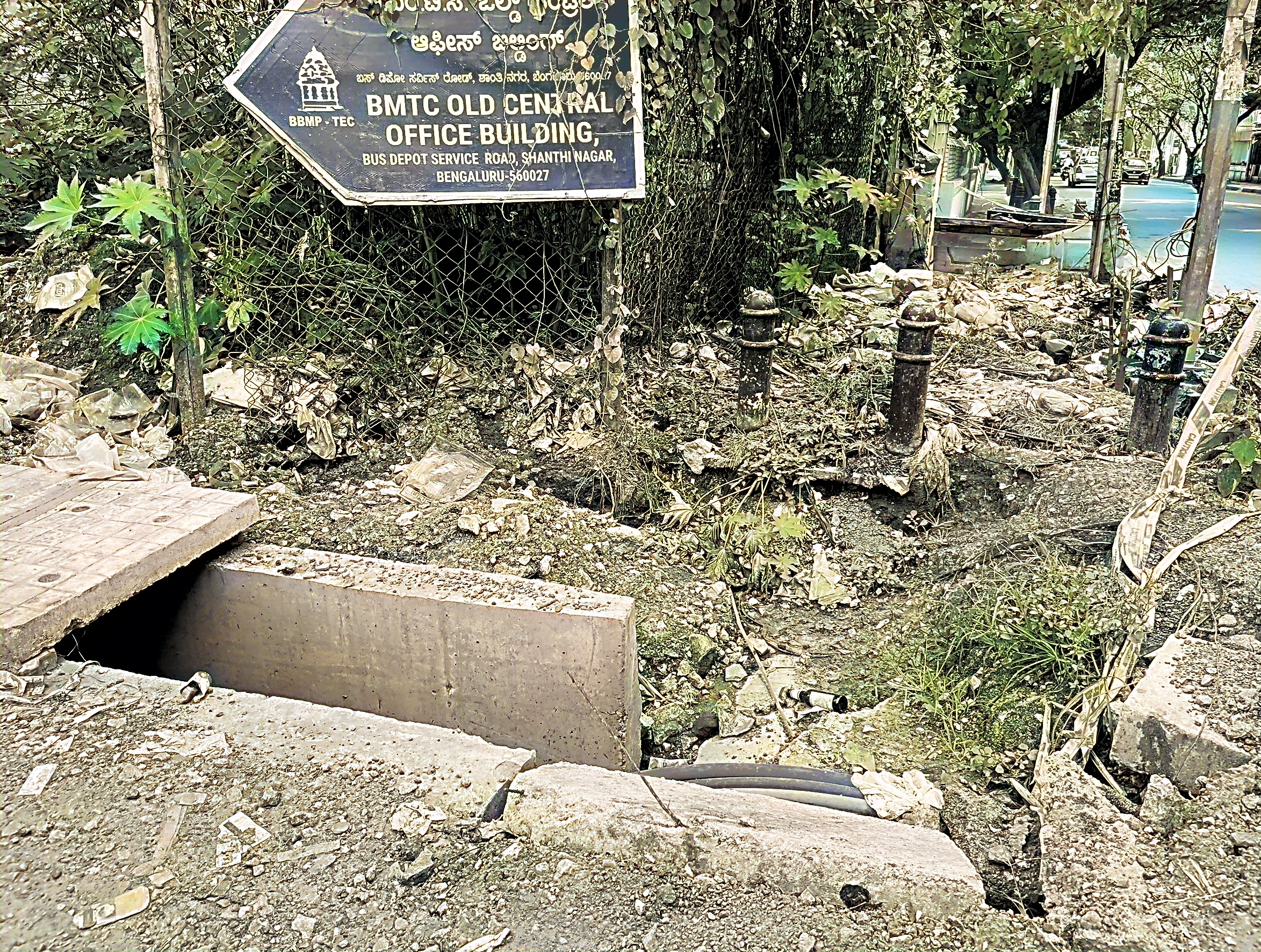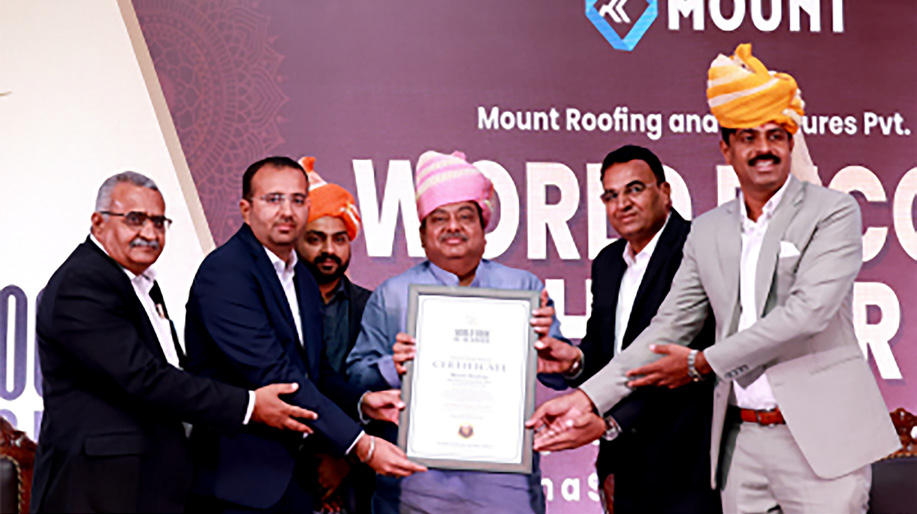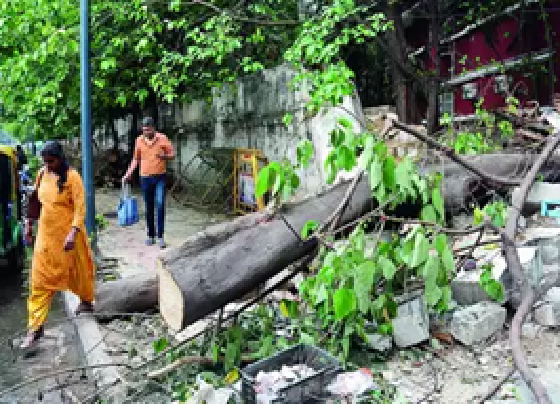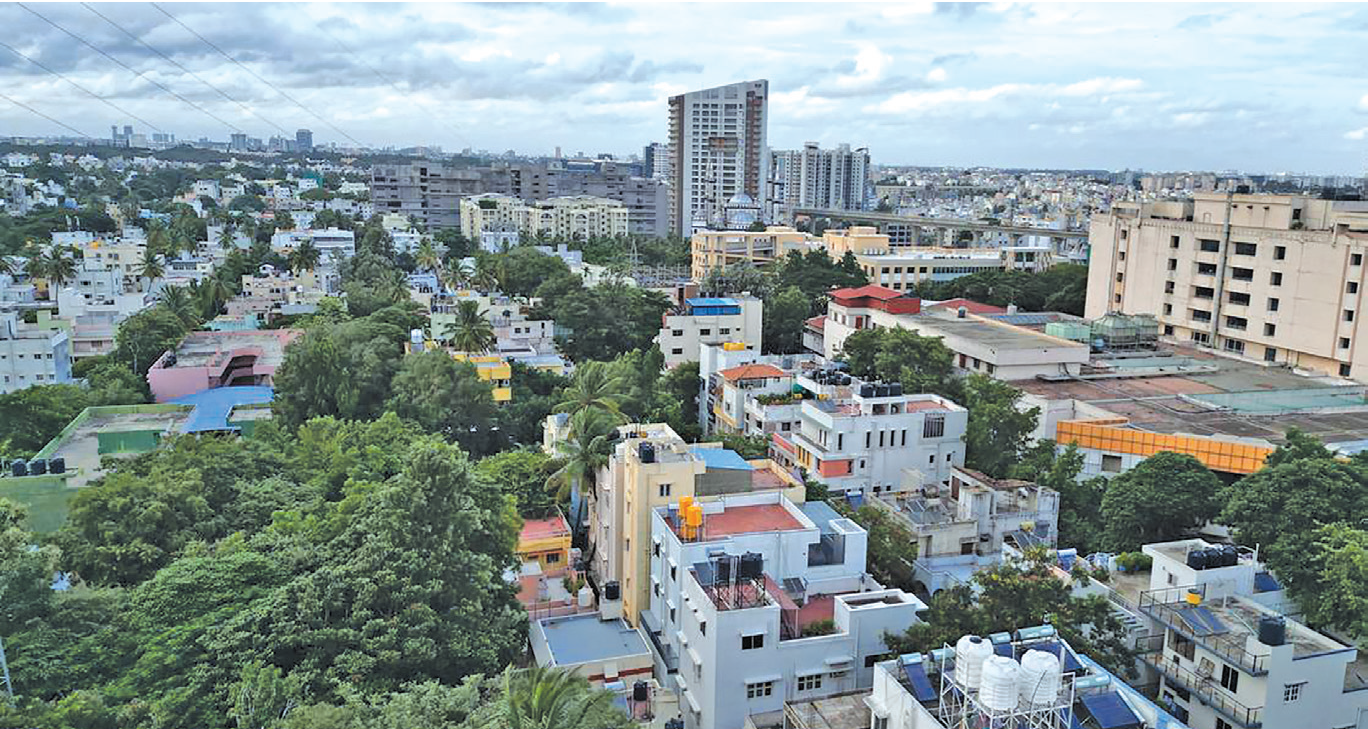
Tackling traffic, infrastructure & safety challenges in Shanthi Nagar
In the heart of Bengaluru, Shanti Nagar grapples with heavy traffic, poor road conditions, inadequate lighting and waste management issues that impact residents’ quality of life
NT Correspondent
Bengaluru
Shanti Nagar, Ward 117, is a vibrant and bustling neighbourhood in the heart of Bengaluru. Known for its bus stations and the blend of residential and commercial spaces, the area hosts a diverse population, markets and educational institutions. However, like many urban neighbourhoods, Shanti Nagar grapples with several issues that impact residents’ quality of life.
The problem at hand; Shanti Nagar faces several urban challenges, primarily related to its infrastructure and urban management. With a densely packed population, the neighbourhood experiences heavy traffic congestion, especially during peak hours. The limited capacity of roads to handle the volume of vehicles has led to extended travel times, air pollution and noise pollution, adding strain to residents’ daily lives. A KSRTC bus conductor, who wished to remain anonymous, shared his perspective: “We have private buses, intercity and intracity buses, buses from Tamil Nadu, Kerala and Andhra Pradesh, as well as private vehicles from various parts of the city. But do we have enough space for all these vehicles? While the main junctions are well-managed, the smaller roads are severely congested. Adding to this are footpath vendors and people who casually drive on the wrong side. Crossing Shanti Nagar during the morning and evening peak hours is a literal nightmare.” Another major issue is the poor condition of roads, which are often riddled with potholes and uneven surfaces, along with inadequate drainage.
This makes navigating the area uncomfortable and unsafe, especially for two-wheeler riders. Adding to the potholes is the inadequate street lighting in the area, which compromises safety for pedestrians and drivers alike. Poor visibility on the roads, especially at night, can lead to accidents and make certain areas vulnerable to criminal activity. “It’s really scary to ride my bike at night in some areas of the city,” said one resident. “There are no street lights, so it’s hard to see the road ahead and there are a lot of potholes. I’m always worried about getting into an accident.” Another rider highlighted that vehicles from the opposite direction often use high beams, making it even harder for two-wheeler riders to navigate. This issue is compounded by ineffective solid waste management. Garbage frequently accumulates on streets and in public spaces due to irregular waste collection, posing health risks to residents. Uncollected waste not only attracts pests but also contributes to an unpleasant atmosphere, impacting the overall hygiene and appeal of the area. In addition to these challenges, the ward’s infrastructure fails to cater to pedestrians adequately.
Broken footpaths and uneven pavements make walking difficult and unsafe, particularly for elderly residents, children and people with disabilities. “The poor condition of pedestrian walkways forces me and many others to walk on the roads, increasing our risk of accidents. This lack of safe pedestrian infrastructure not only affects our mobility but also diminishes the walkability of the area,” said a roadside vendor who is forced to push her cart on the road every day before and after work.
The consequences; The ongoing issues in Shanti Nagar have several negative consequences. Traffic congestion contributes to increased pollution levels, affecting residents’ health, while noise and air pollution make daily life less pleasant and more stressful. Poorly maintained roads lead to accidents, vehicle damage and increased maintenance costs for residents. The lack of effective waste management leads to unclean streets, an increase in pests and potential health risks. Waterlogging during the rainy season can result in property damage and pose hazards to pedestrians. Overall, these challenges collectively degrade the quality of life in Shanti Nagar, diminishing its potential as a vibrant and appealing urban space.
The path forward; Improved traffic flow, designated parking areas and stricter roadside parking rules can alleviate congestion. “Regular road maintenance and upgraded drainage are crucial to preventing waterlogging, while enhanced waste management and recycling initiatives can keep streets cleaner and safer. Limiting construction during peak hours and designating commercial zones may reduce noise pollution,” said Aarathy a local resident. A traffic cop added that residents’ cooperation is also essential in reducing traffic-related issues.
 English daily published in Bengaluru & Doha
English daily published in Bengaluru & Doha






